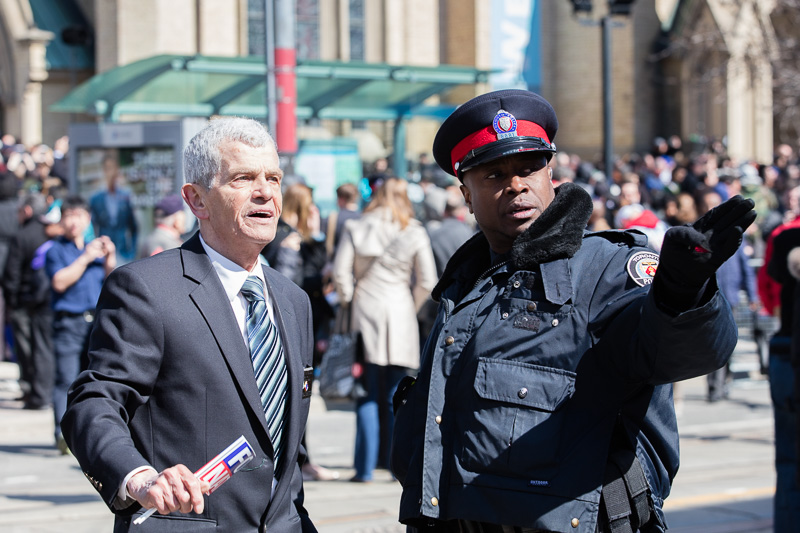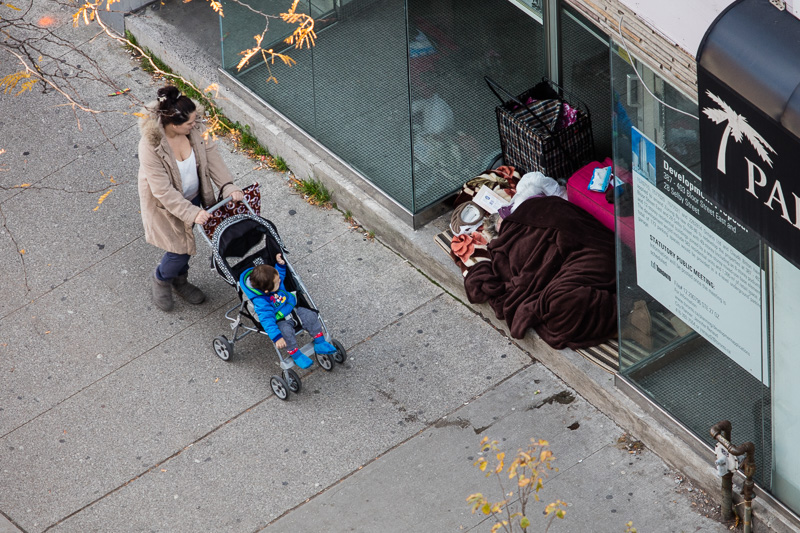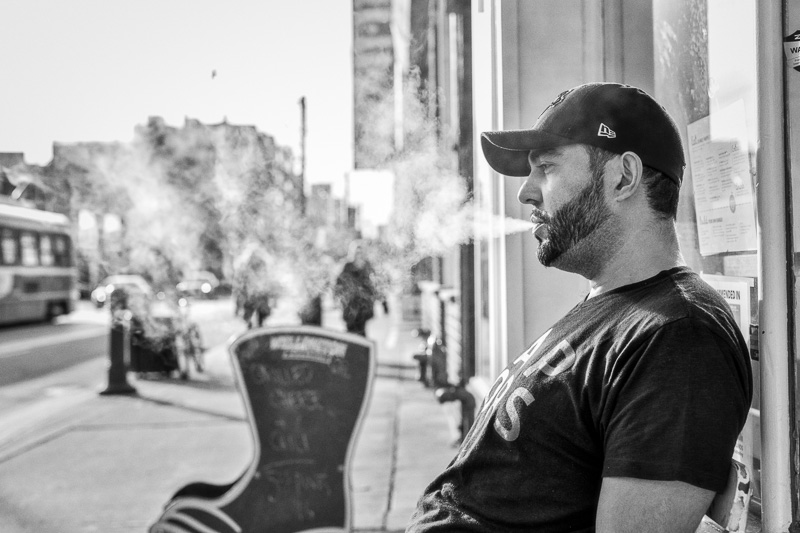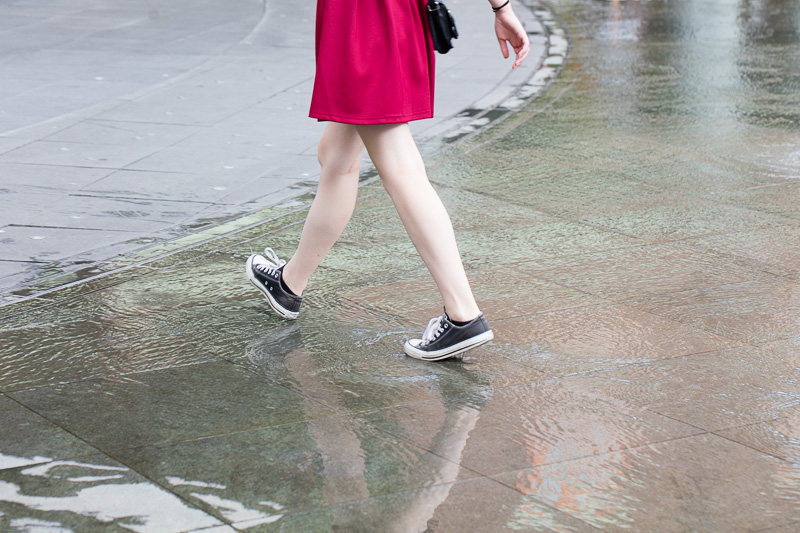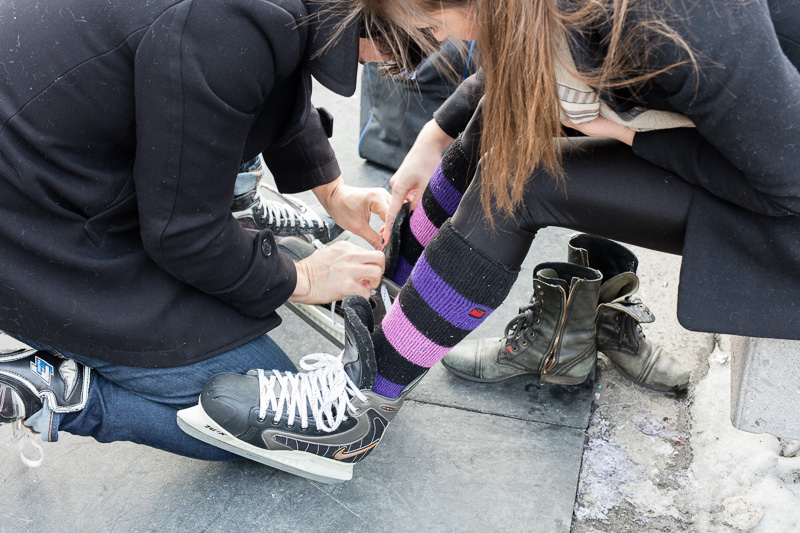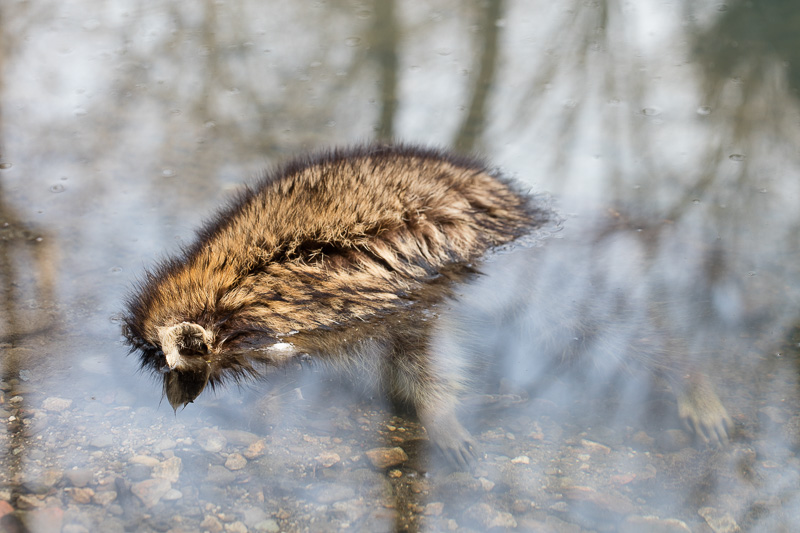Here are some more photographs I shot at the Rob Ford funeral procession, this time without the cultural analysis. I said everything I care to say about this circus in my previous post.
Author: David Barker
Rob Ford’s Funeral Procession
Facebook makes it impossible to privilege one discursive mode over another. (The only thing that’s privileged is Facebook itself.) In the same way, Rob Ford never woke one morning and said to himself: Hey, I’m gonna be a postmodern mayor. It just happened that way.
Ross
I met Ross on College Street in front of Fran’s. He asked me directions to Women’s College Hospital. He said he had an x-ray booked there. He’d just come into town from Saskatchewan.
The Canadian Men’s Chorus
I’ve recently had the pleasure of working with the Canadian Men’s Chorus as they update their promotional material. The CMC is in its sixth season, with Greg Rainville as artistic director and Arlene Jillard as manager.
Homeless On Bloor
I’m working on a photobook tentatively titled The Disposable City. It’s a vehicle for exploring urban concerns like ephemera, waste (garbage, demolitions, pollution), and the commodification of everything, including people.
Williams Farm At Sunrise
Note that the shots in this post are NOT shots of sunrise at the Williams Farm; they’re shots of Williams Farm at sunrise i.e. I took them all within a few minutes of one another on either side of sunrise. Although I didn’t intend these shots as an illustration of anything, I do think they…
Early Morning Frost
Here’s a sampling of early morning shots taken at the Williams Farm after a good frost. These come from either side of the 2015/16 winter season.
Under The Millwood Road Bridge
I walk through Crother’s Woods and out to the level crossing (at the 4.93 mile marker) in the Don Valley where the Go Trains pass during rush hour. They’ve put up a new sign for the Mental Health Helpline. It makes me wonder about the Luminous Veil. Does it really prevent suicide? Or does it offload suicide to other sites?
Posed vs. Unposed
I don’t take photos of people out of some lurid voyeuristic obsession, but because I’m drawn to fundamental questions. Taking photos of people is a way to address those questions. I’m drawn to questions of identity. What does it mean to be a person?
Photographic Literalism
As I see it, literalism is an application of power grounded in anxiety. It loads the aesthetic experience on the creative end at the expense of the interpretive end. It seeks to certify creative intentions—this is what I really meant—by stipulating in advance how viewers/listeners/readers ought to respond. As a result, it infantilizes the relationship between creator and audience. It leaves nothing to chance.
Geese Over Canada Malting Silos
I pointed my camera straight up with the monopod sticking out in a vaguely phallic pose. The geese flew overhead. They were really moving! I tilted back and back and … I fell over. Sure, I looked like an idiot, but I got this photo which (I think) exemplifies one of my photographic aims.
Skating at Nathan Phillips Square
Here is a handful of skating related photos from Nathan Philips Square shot throughout the winter. It includes a Zamboni which in my estimation is one of the most important, yet underrated, facets of the Canadian winter experience. I can’t imagine where we’d be as a nation without the Zamboni.
Dead Animals
When I walk in Toronto’s ravines, it’s common for me to stumble upon dead animals. I feel compelled to photograph them, not out of a ghoulish fascination, but because—somehow—that is what a camera is for. The camera prods me to take this raw visual stuff and make sense of it, both rationally and aesthetically.
Car Fire Bonanza
I want to thank the man who pulled his smoking van onto the sidewalk directly underneath my dining room window. It afforded me an amazing photographic opportunity and I didn’t even have to pay for it!
Traffic in Hong Kong
When people ask me if I would ever consider living off the grid, I sometimes think they’re talking about traffic patterns. I’m used to living in a city where streets are laid out in straightforward north-south, east-west lines. It’s hard to get lost and traffic is predictable. But grid planning is contingent upon physical geography.
